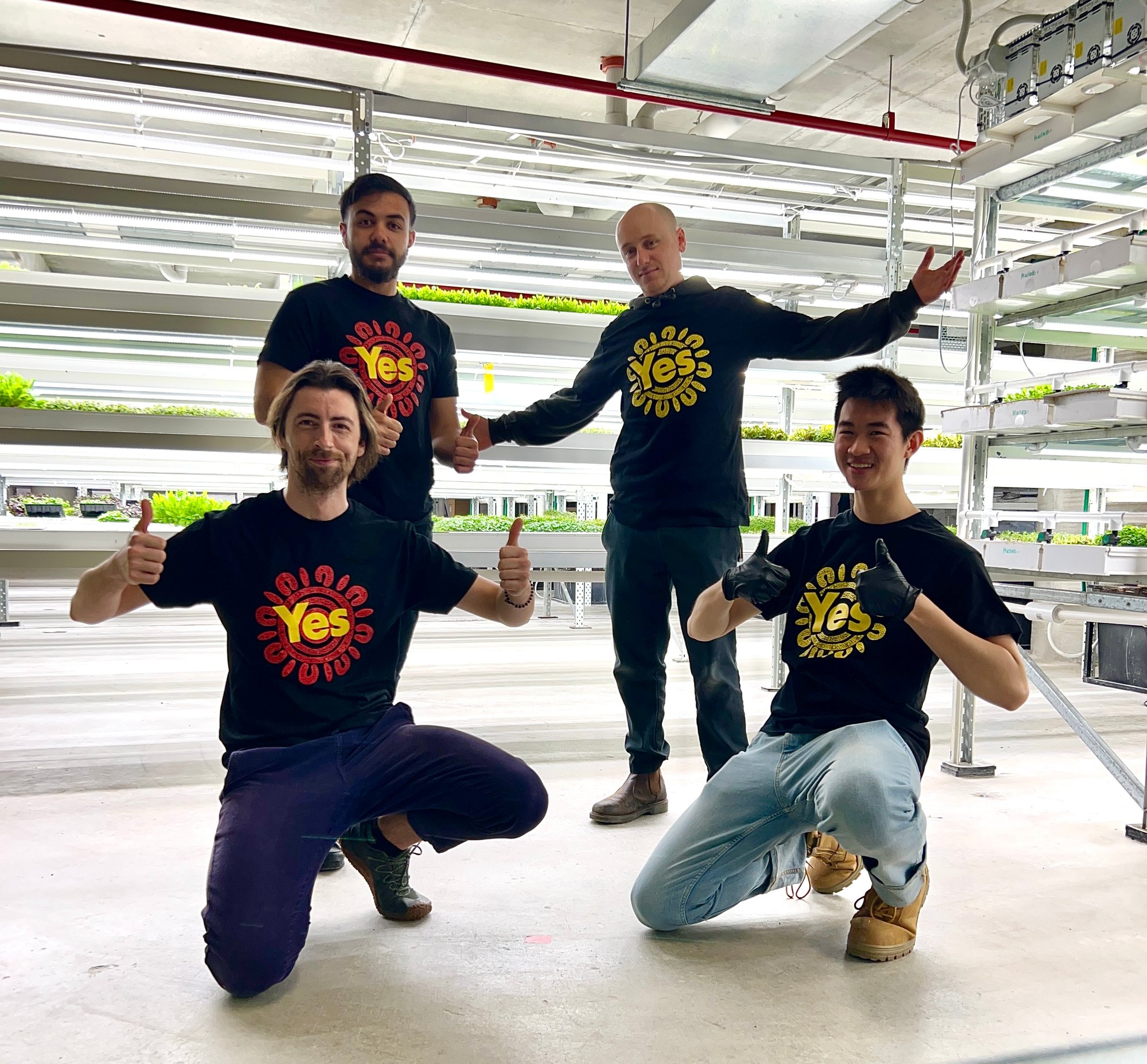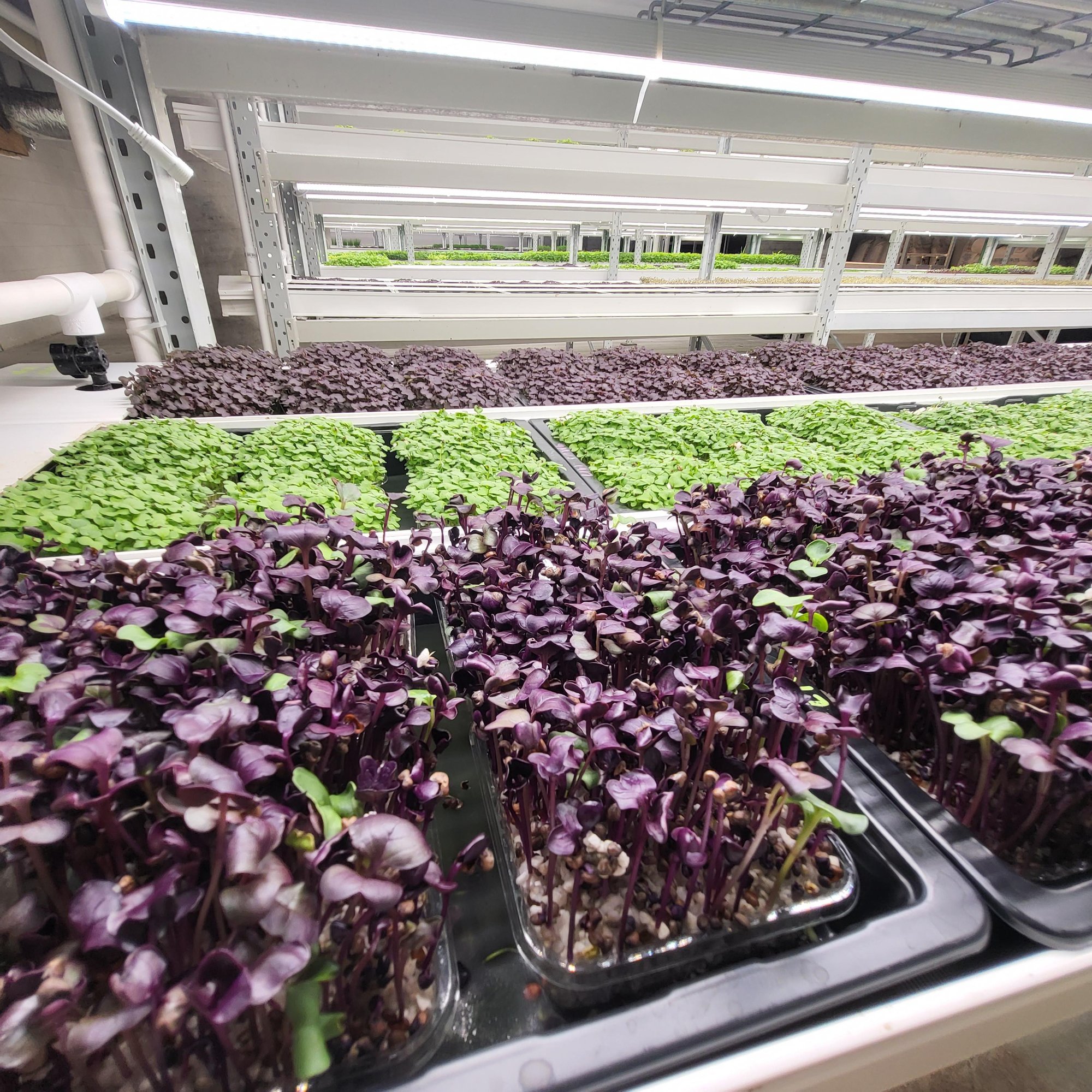The Global Problem

By 2050 our planet needs to produce 70% more food so we need to ask how we are going to feed the next billion people in a sustainable way. Today the global built environment produces 40% of current GHG emissions and has an urban footprint of 30%. How will we feed nine billion people on a planet with changing water resources and increasing energy costs while improving the environment?
Our solution involves the construction of urban food production centers - vertical farms - in which our food is continuously grown inside of tall buildings within the built environment. If we engineer this approach to local food production, then no crops would ever fail due to severe weather events. Fresher produce would be available without the need to transport it thousands of kilometers.





-1.png?width=309&height=52&name=GSPlogoTBG-01%20(7)-1.png)